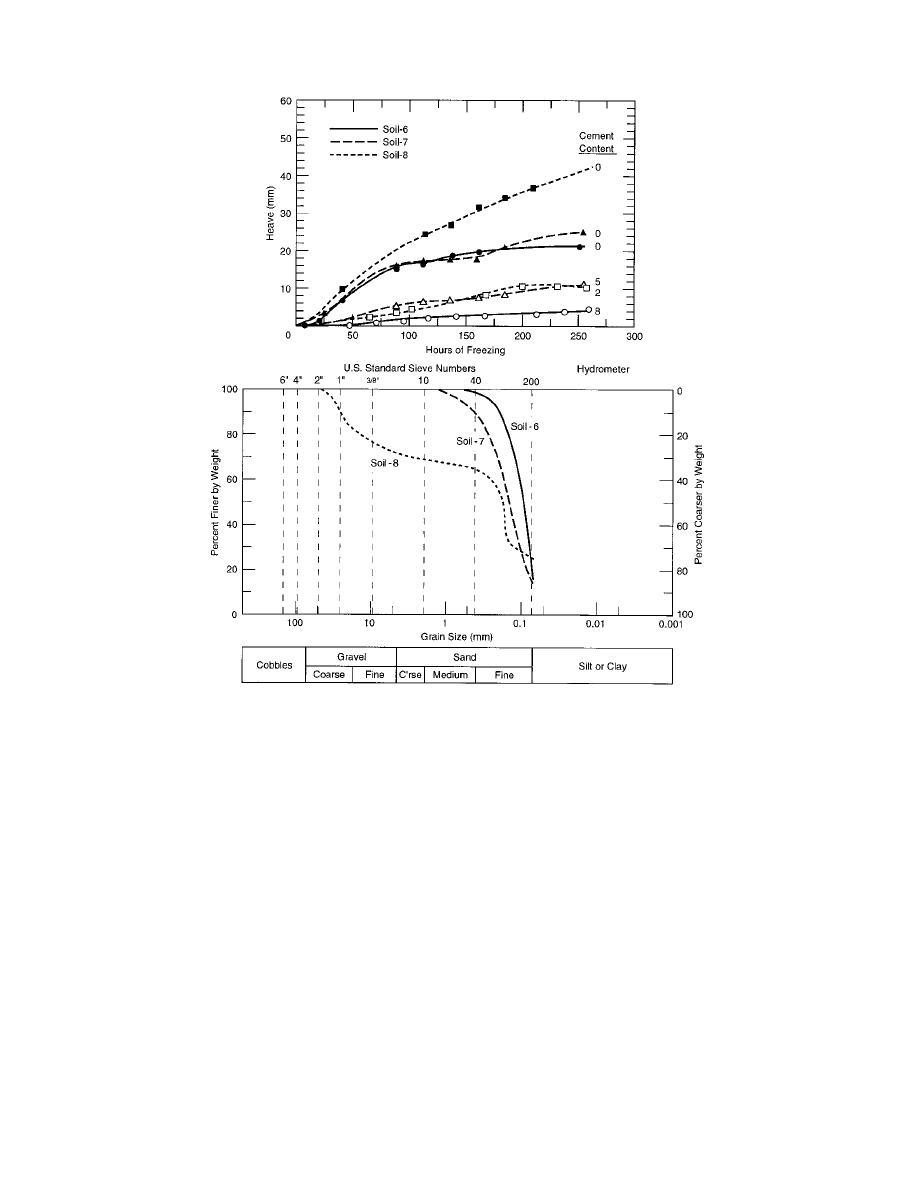
Figure 10. Effect of cement stabilization on frost heave of three noncohesive soils
(1 in. = 25.4 mm).
ferent when the same lime-stabilized soil is sub-
They added lime, quicklime, gypsum, and lime
jected to freezethaw cycling. Yoder and Witczak
fly ash. The lime was hydrated lime (calcite) and
(1974) also state that freezethaw cycles may
the quicklime was chemically pure calcium oxide
actually be destructive to lime-treated soils.
(CaO). The lime with the fly ash was hydrated
Lambe et al. (1971) reported results on frost
lime. The lime and quicklime were added to the
heave in soils stabilized with asphalt emulsions.
soil dry (percent by weight), and all samples were
They found that, to reduce frost heave to any
cured for 7 days prior to testing. The same sample
meaningful level, they had to use a minimum of
size and calculation of the frost heave ratio used
3% of asphalt and that it had to cure.
for portland cement were used for the lime. The
results are presented in Table 11. They found that
3% lime reduced frost heave in the silt significant-
Thaw-weakening
Base and subgrade materials are thaw-weak-
ly, as did the addition of fly ash to the limesoil
ened when the water from surface infiltration
(1:4) mixture. Increasing the fly ash above the 1:4
(from melting snow) or melting ice lenses is una-
ratio increased frost heave in the sandy clay and
ble to drain. This undrained condition will accel-
produced no additional improvement in the silty
erate pavement damage when it is loaded. To
soil.
provide drainage, a base or subbase should con-
It must be remembered that the results pre-
sented in Table 11 are for one freeze sequence.
tain few or no fines.
Lambe et al. advise that the response may be dif-
The allowable fines content (percentage pass-
16




 Previous Page
Previous Page
